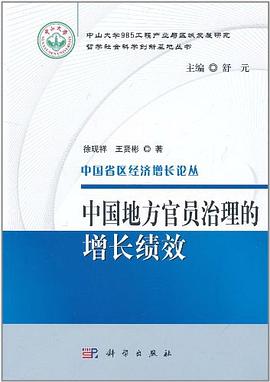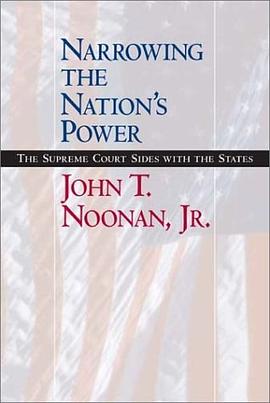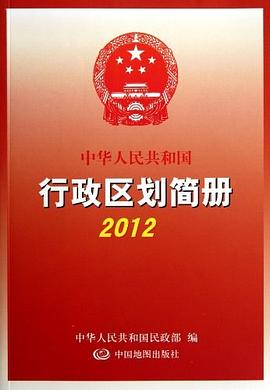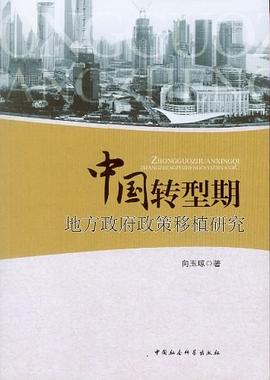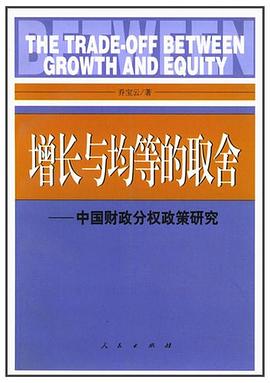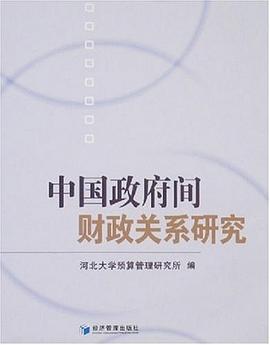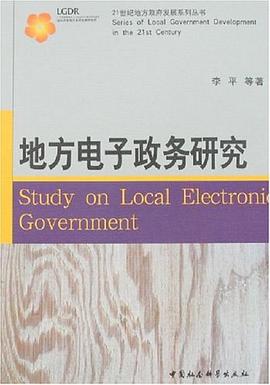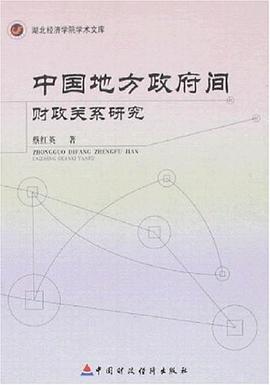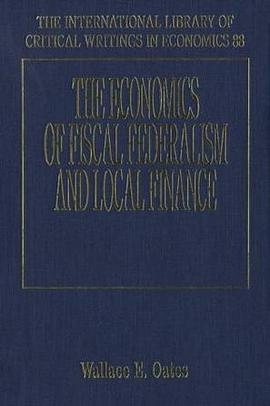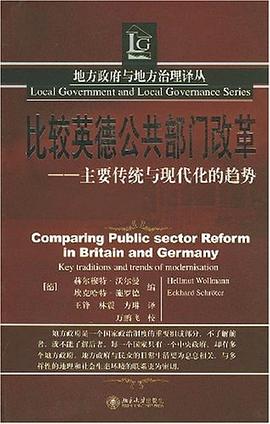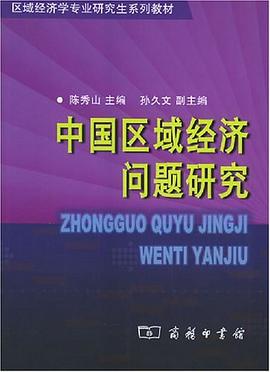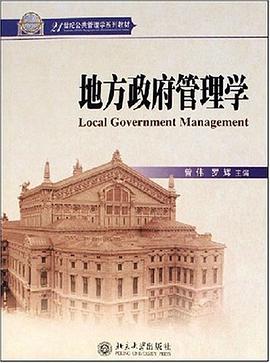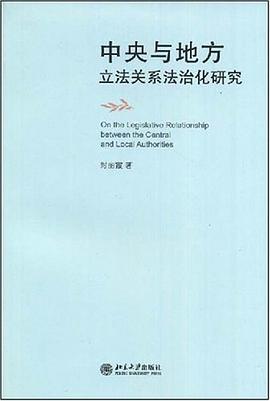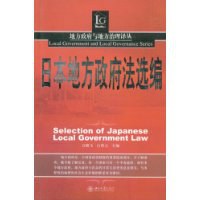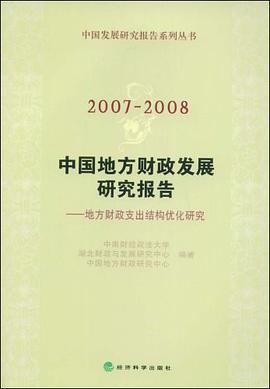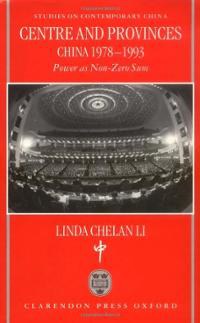

Centre and Provinces: China 1978-93 goes beyond the dominant state capacity paradigm to argue for an interactive model to explain the political relations between the central and provincial governments in contemporary China. The uni-dimensional, centrist perspective of the state capacity paradigm has failed to adequately explain the coexistence of central and provincial power, and to anticipate circumstances of change. In this book a hybrid rational-choice cum institutional approach highlights the mutual power of both the Centre and the provinces. each party, the Centre or the provinces, imposes structural constraints upon the other. Power is not a zero-sum game. The cases of Shanghai and Guangdong, important resourceful provinces under very different central policy contexts, contrast possible interactions between central policy and provincial choice. Conflicts amidst a context of mutual dependence necessitate compromise on both sides, and qualitative changes to centreprovince relations as a result may well have long-term implications for wider political processes.
具体描述
读后感
评分
评分
评分
评分
用户评价
相关图书
本站所有内容均为互联网搜索引擎提供的公开搜索信息,本站不存储任何数据与内容,任何内容与数据均与本站无关,如有需要请联系相关搜索引擎包括但不限于百度,google,bing,sogou 等
© 2025 book.wenda123.org All Rights Reserved. 图书目录大全 版权所有


